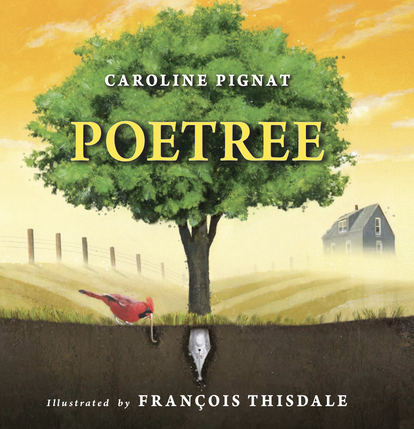View of Bethlehem
patrick brennan [CC BY 2.0 (https://creativecommons.org/licenses/by/2.0)], via Wikimedia Commons
Tonight we'll sing "O Little Town of Bethlehem." These words from that song have always stood out to me, "The hopes and fears of all the years/ Are met in thee tonight."
We all have hopes, and most of us have fears. Things don't go the way we want them to, and more things are out of our control than not.
But tonight, Christians around the world celebrate Love, Light, Life, and Hope being born into the world for everyone. Every one.
Whether or not you are a Jesus follower, who couldn't use some Love, Light, Life, and Hope?
Another song about Bethlehem touches me with these words:
"The heart is tired at Bethlehem,
No human dream unbroken stands;
Yet here God comes..."
Listen and take hope!





































